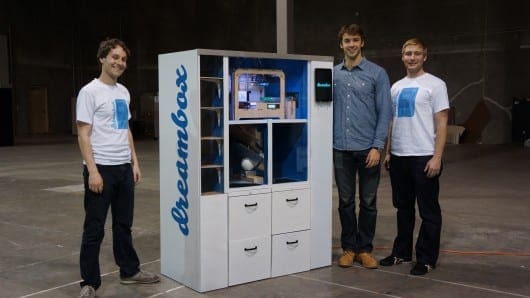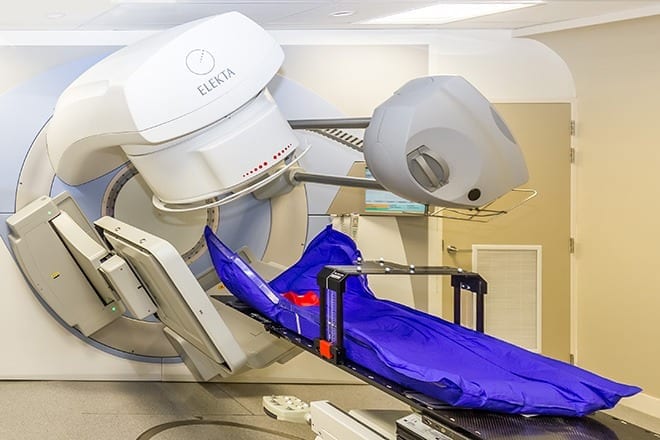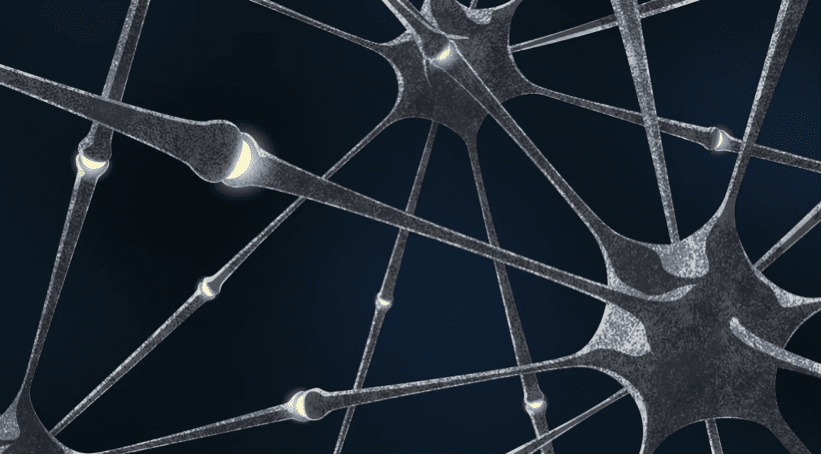
The next step in 3D printing could be something called mobile manufacturing. Siemens researchers in Princeton, New Jersey have developed prototype spider-like robots that can work collaboratively to print structures and surfaces, thus potentially accelerating production of large-scale, complex structures such as the fuselages of planes and the hulls of ships.
Large spiders have been spotted in labs at Siemens Corporate Technology’s Princeton campus. They have been caught depositing a thick, sweet-smelling, sticky material that appears to dry on contact to a smooth, shiny finish. Although ever more of the spiders are appearing, no one has sounded an alarm; and for good reason…
Instead of coming in from surrounding wooded areas, the spiders have journeyed from the virtual world, where they were conceived, to the very real world inhabited by people like Livio Dalloro, who heads the Product Design, Modeling and Simulation Research group in the Automation and Control Technology Field at Siemens Corporate Technology (CT). In Dalloro’s team, the spiders are known as SiSpis or Siemens Spiders, and they are recognized as promising representatives of what could someday be a new species of industrial worker.
“SiSpis are part of a larger picture that we define as Siemens Agile Manufacturing Systems (SiAMS) and they represent the core of our autonomous systems research here in Princeton,” says Dalloro, who explains that the spider-like bots are essentially fully autonomous additive manufacturing devices with legs. “We are looking at using multiple autonomous robots for collaborative additive manufacturing of structures, such as car bodies, the hulls of ships and airplane fuselages.” Additive manufacturing, also known as 3D printing, is a technology in which products or surfaces are created or refined by depositing layer after micro-layer of a selected material.
Collaboration is the Key
Of course, adding a layer of material to the inner surface of something the size of a ship’s hull is a job that would require more than just a few spiders. Most likely, hundreds would be needed. So the key question is: how would such an army of robots work together? The answer is a form of autonomy. “Each spider is capable of manufacturing only a small portion of a work piece,” explains Hasan Sinan Bank, who has played a leading role in the project and has filed multiple associated patents. “We are therefore trying to conceptualize and optimize the kinds of collaboration these robots should engage in.” This process is supported by algorithms developed by Dalloro’s team that allow multi-robot task planning so that two or more devices can collaborate on the additive manufacture or surface processing of a single object or area.
To accomplish this, the robots use onboard cameras as well as a laser scanner to interpret their immediate environment. Knowing the range of its 3D-printer arm, each robot autonomously works out which part of an area – regardless of whether the area is flat or curved – it can cover, while other robots use the same technique to cover adjacent areas. By dividing each area into vertical boxes, the robots can work collaboratively to cover even complex geometries in such a way that no box is missed. “No one else has attempted to do this using mobile manufacturing,” says Bank.
Autonomy is also a central part of other spider behaviors. For instance, the spiders know where they are in a given environment. When its batteries are low after about two hours, a spider will find its way back to a charging station, but not without first transmitting its data to another spider that has just been charged, thus allowing the second spider to pick up exactly where the first one left off. Also, whenever they encounter an obstacle, the spiders autonomously find a path around it. Siemens’ spider-worker project was initiated in January 2014. “Its goal,” says Dalloro, “was to create a prototype platform for autonomous manufacturing machines that can understand a task, split it up among available robots, and enter into a manufacturing process in a collaborative and coordinated way without explicit programming.”
Thanks to NX, a Siemens PLM software solution, and a hybrid software developed by Dalloro’s team that combines NX with ROS (Robot Operating System), the spiders quickly began taking shape. “With the exception of the spiders’ mini motors and cables, which were off-the-shelf products, we developed everything ourselves from the mechanics to the software,” says Dalloro. True to the project’s focus on advanced manufacturing, each time a spider component was designed in the virtual world, it was produced using 3D printing.
In addition, the team had to design the robots’ behavior. “To do that,” says Bank, “we had to develop software tools to simulate their behavior across communities of robots.” That meant that the team had to come up with a method to precisely calibrate the spiders’ manufacturing nozzles. Each spider is equipped with an extruder similar to those on traditional 3D printers, but is limited – for now – to using a cornstarch-and-sugarcane printing substance known as poly lactic acid.
Where do the spiders go from here? Clearly, the researchers have achieved their initial goal of developing a system that is characterized by maximum autonomy and minimum programming requirements. “Once the technology becomes mature,” says Bank, “It could be applied to almost anything.”
From Siemens: See more here
The Latest on: Mobile manufacturing
[google_news title=”” keyword=”Mobile manufacturing” num_posts=”10″ blurb_length=”0″ show_thumb=”left”]
via Google News
The Latest on: Mobile manufacturing
- Residents frustrated with mobile home landlordon April 25, 2024 at 11:59 pm
Mobile home residents in the Moscow area continue to be frustrated with a landlord who has significantly raised their rents and asked them to sign leases that attorneys say do ...
- In a seminal development for Wisconsin's economy, manufacturing has begun returning homeon April 25, 2024 at 9:54 am
Manufacturers say one of their biggest worries is that a shortage of skilled workers threatens to undermine growth.
- RapidFlight Announces Cutting-Edge Mobile Production Systemon April 24, 2024 at 10:09 am
Thousands of Affordable, Customized, Unmanned Systems—Manufactured at the Edge ...
- Why cobots hold the key to unlocking operational efficiency in large manufacturerson April 24, 2024 at 6:37 am
The president of Teradyne's robotics group, Ujjwal Kumar, discusses the benefits of cobots for small to large manufacturers.
- First Nokia Buy America-Compliant products roll off Sanmina manufacturing lineon April 24, 2024 at 5:47 am
Press ReleaseFirst Nokia Buy America-Compliant products roll off Sanmina manufacturing lineNokia is the first technology vendor to announce the ...
- Apple ecosystem leads job creation as India emerges into a global mobile manufacturing hub: Ashwini Vaishnawon April 23, 2024 at 9:11 pm
India has achieved a significant milestone in the realm of mobile manufacturing, ranking as the world's second-largest nation in this sector. Union Railways and IT Minister Ashwini Vaishnaw announced ...
- FRCC hosts mobile photonics lab through Thursdayon April 23, 2024 at 7:00 pm
A mobile lab set up at Front Range Community College through Thursday is providing visitors with an introduction to photonics with easy-to-understand, real-world applications.
- Apple Ecosystem One Of The Leaders In Job Creation In Mobile Manufacturing: Ashwini Vaishnawon April 23, 2024 at 5:23 am
As India becomes the second nation in the world in terms of mobile manufacturing, the Apple ecosystem is now one of the le ...
- Insurance industry leaders say no relief in sight for 'highest risk' manufactured homes in Floridaon April 22, 2024 at 10:58 am
"Insurers consider manufactured to be an extremely high risk ... last month insurance company American Traditions filed for a rate hike of 26% for 12,000 mobile home policies. "I guess that's the risk ...
- Manufactured housing advocates skeptical of new development outside Belgradeon April 19, 2024 at 4:15 pm
A new manufactured housing development outside Belgrade is calling itself an “affordable housing solution” for Bozeman. But manufactured home resident advocates worry prices are already high and could ...
via Bing News










